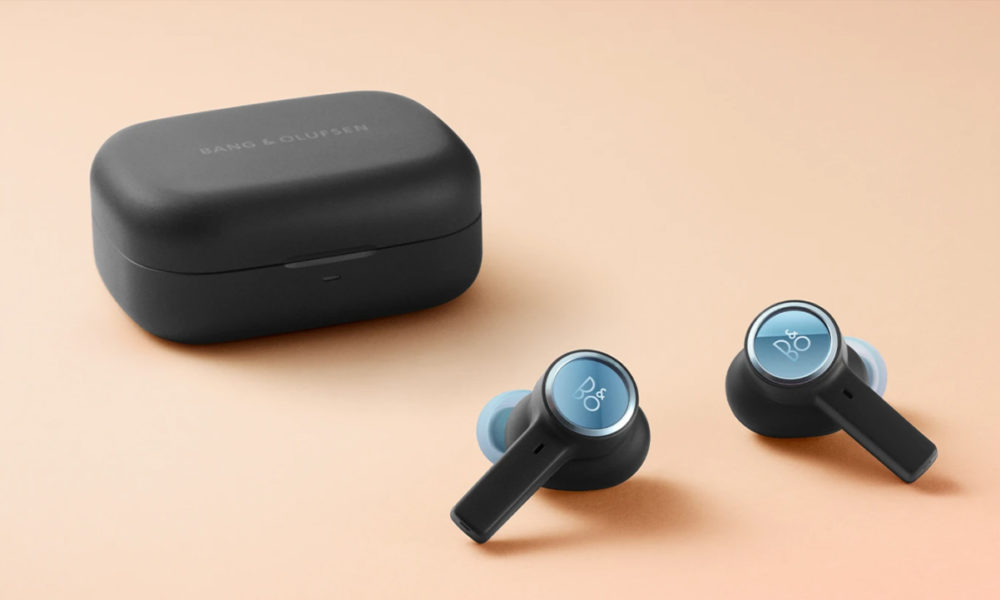
Another of the great stars of the Google I/O 2022 conference has been android 13, the future version of the well-known operating system of which the second beta has recently appeared. The company has shown some interesting things at the level of features, in addition to the fact that the development versions and the leaks usually offer a lot of useful information.
The first thing that stands out from Android 13, or at least it will be in the face of end users (who do not have to understand what parts it is made up of internally or how they work), will be that the customizable schemes of Material You will be available as preset themes and they’re expanding to cover the media player and third-party apps, a path the company apparently started charting earlier this year.
Thanks to Material You, the system will be able to match the color combination with the image or element used as wallpaper on the device. Controls for media will receive similar treatment and their color will depend on extracting colors from the currently playing album art.
Continuing with aesthetic themes, those who don’t care or don’t want the colors to match the theme used on the phone will have a number of preset color schemes to choose from. The opening of Material You towards the icons of third-party applications should gradually improve the consistency of the interfaces and it is not unreasonable to think that Google will impose it in the future.
The privacy of RCS messages from Google Messages (Google Messages) will be enhanced in Android 13 with the end-to-end encryption in group conversations, a feature that will be introduced later and is already present in dialogs (one-on-one conversations). RCS is the standard that aims to replace veterans SMS and MMS and according to Google it already has 500 million users through its messaging service alone.

Material You demo on Android.
Another aspect that will be improved in Android 13 is the security of the operating system itself. The company is introducing more restrictions on the personal data and features that apps can access. Soon we will see apps ask for permission even to send notifications and a new photo selector that allows you to restrict the images and videos that apps can access, which will replace the single granting of permission on the entire library. The granting of permissions to access the files will distinguish between images (photos, images and videos) and sound (music and audio) instead of doing it indiscriminately.
A new page will be added in the security and privacy settings in future development releases to collect all critical data privacy information in one place. The company’s intention is to encourage users to address any security issues that may arise.
As for pairing and interconnectivity, the intention is that Android 13 support for this fall on pairing via smart home Matter standard, through which the system is intended to be able to add smart (or rather supposedly smart) devices to the home easily and quickly. Support for the Bluetooth LE Audio (Low Energy Audio) standard is another feature on the way.

Language settings per application in Android 13.
Another thing that is expected to be added is the setting system languages per applicationsomething that will surely be appreciated by people who have recently moved to another country and work in the language of the place where they are, but who use the language of the place of origin when contacting friends and family.
Continuing with more things, the new version of the Google Wallet service for Android will standardize the way in which resources such as car keys and vaccination records are stored and accessed, in addition to payment cards, tickets to events, transportation tickets, boarding passes and student IDs.
Android 13 aims to be above all an evolution in terms of interface consistency, security and privacy. The first remains somewhat subjective, but the second and third will largely depend on what device manufacturers offer through the excessive freedoms that Google has granted them. Unfortunately, the fragmentation is still very pronounced and in the end custom ROMs end up offering better support than the smartphone manufacturers themselves.



